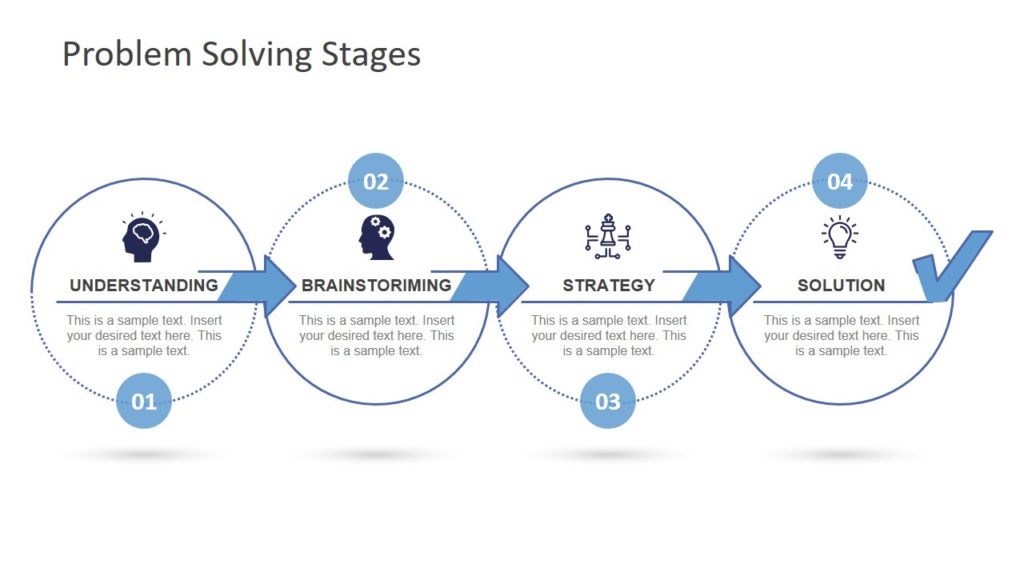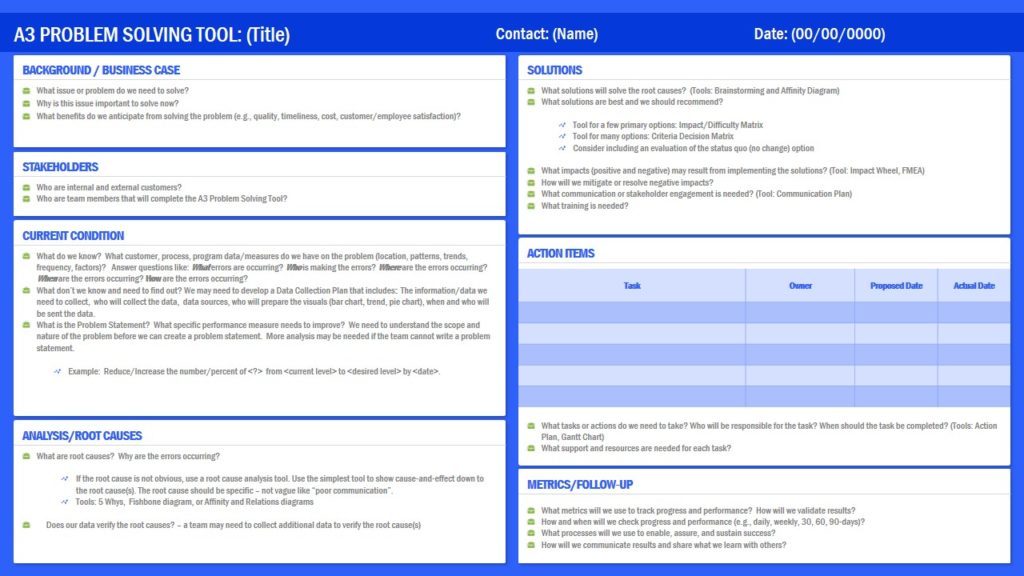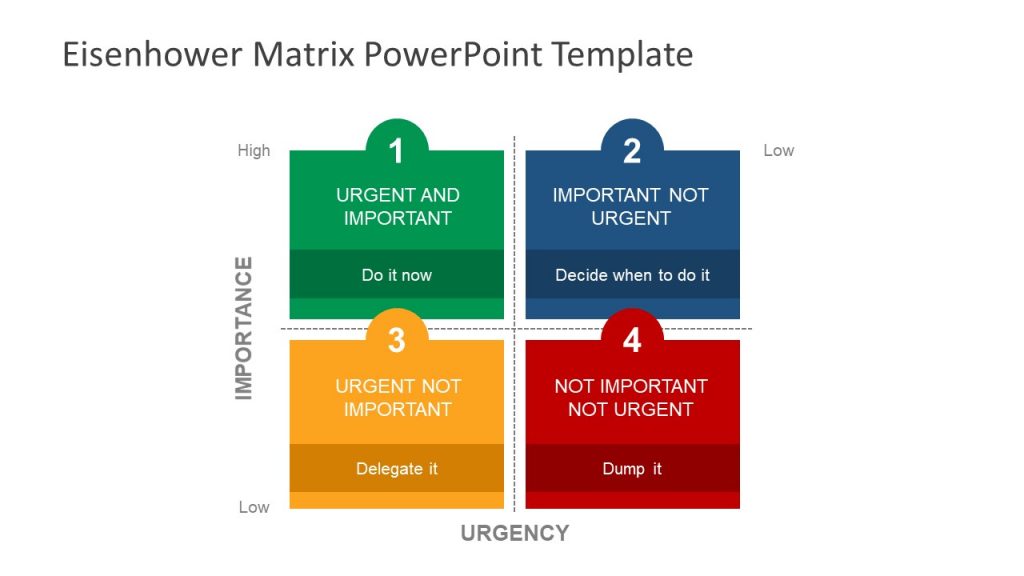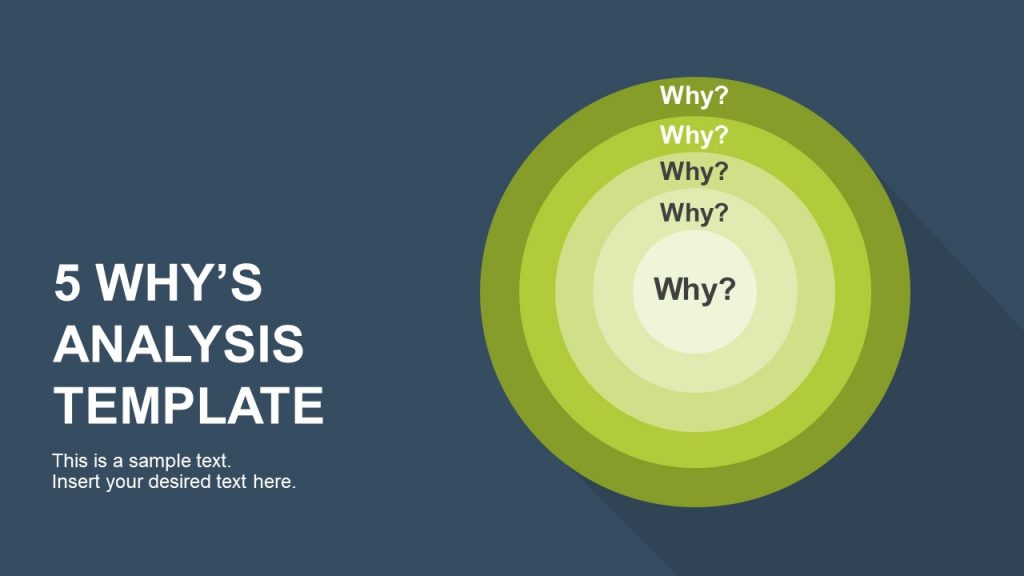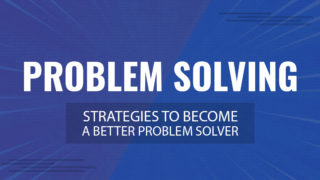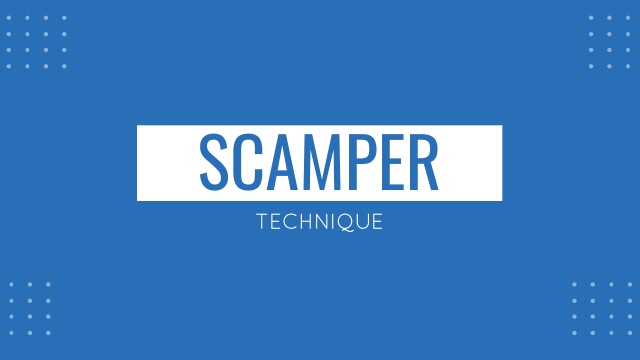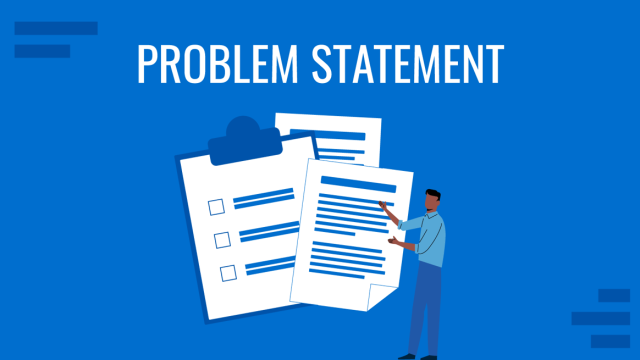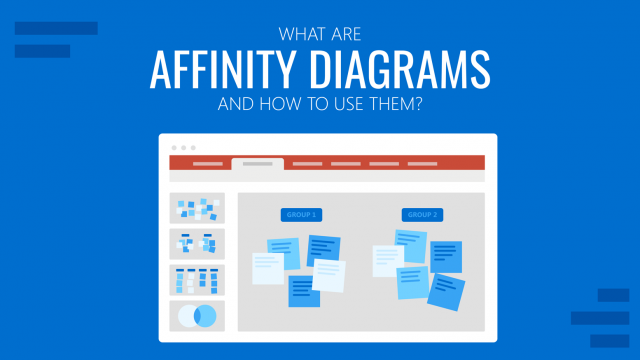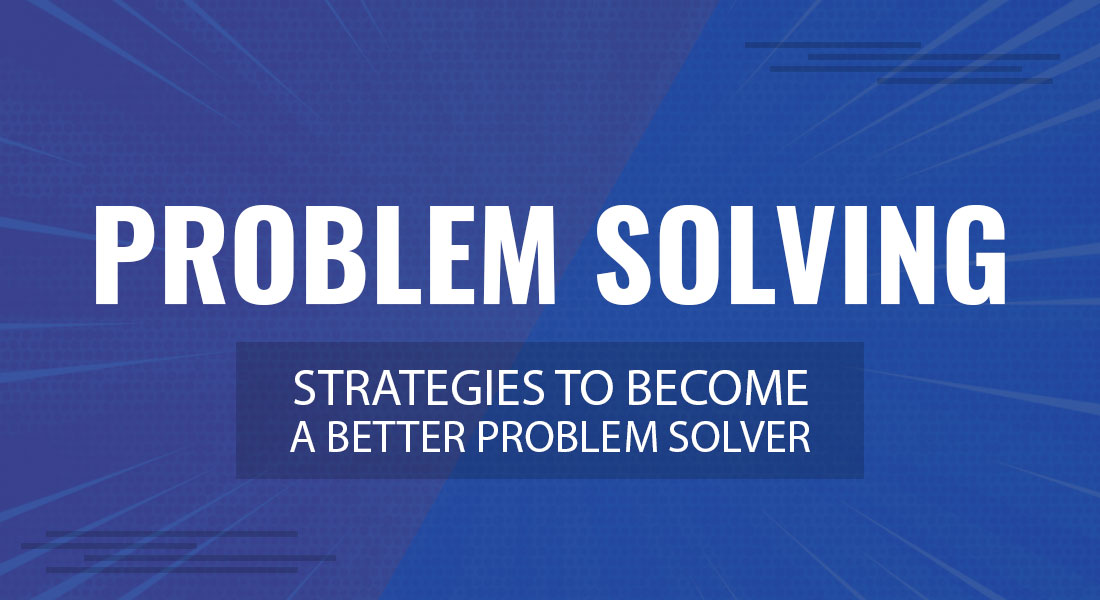
A lot of people would agree on the fact that life is full of challenges. People become proficient enough when it comes to catering small problems or issues in hand. However, those who attain exceptional insights into problem-solving can gain success in the long run. Problem-solving can enable anybody to gain an edge over their peers and achieve more. The bigger the problem, the difference is the approach. We all are tasked with some form of problem-solving, whether it’s in our workplace or even homes.
It doesn’t really matter whether you’re solving a challenge for your client, discovering new problems to solve or even helping to solve one problem, having a dedicated problem-solving technique can flourish you as a whole. For instance, if we take an example of a manager’s role, he/she is liable to solve every business challenge in the way (with the appropriate resources). Confidence to solve a problem is required here. Now, the confidence can only be achieved when you have a good problem-solving approach up your sleeves.
Let’s move ahead and understand what is problem-solving and what it actually represents? In simpler terms, a problem-solving technique is a framework to cater challenges quickly and in a precise manner. If you’re looking forward to solving problems in hand without much difficulty, you can consider improving your problem-solving skills. As you gain experience with problem-solving, you might develop your own set of techniques as well as strategies. However, for now, let’s explore the components of a dedicated problem-solving endeavor.
- The 4 stages of Problem-Solving
- Five Well-Known Problem Solving Techniques
- Obstacles You Might Encounter Solving a Problem
The 4 stages of Problem-Solving
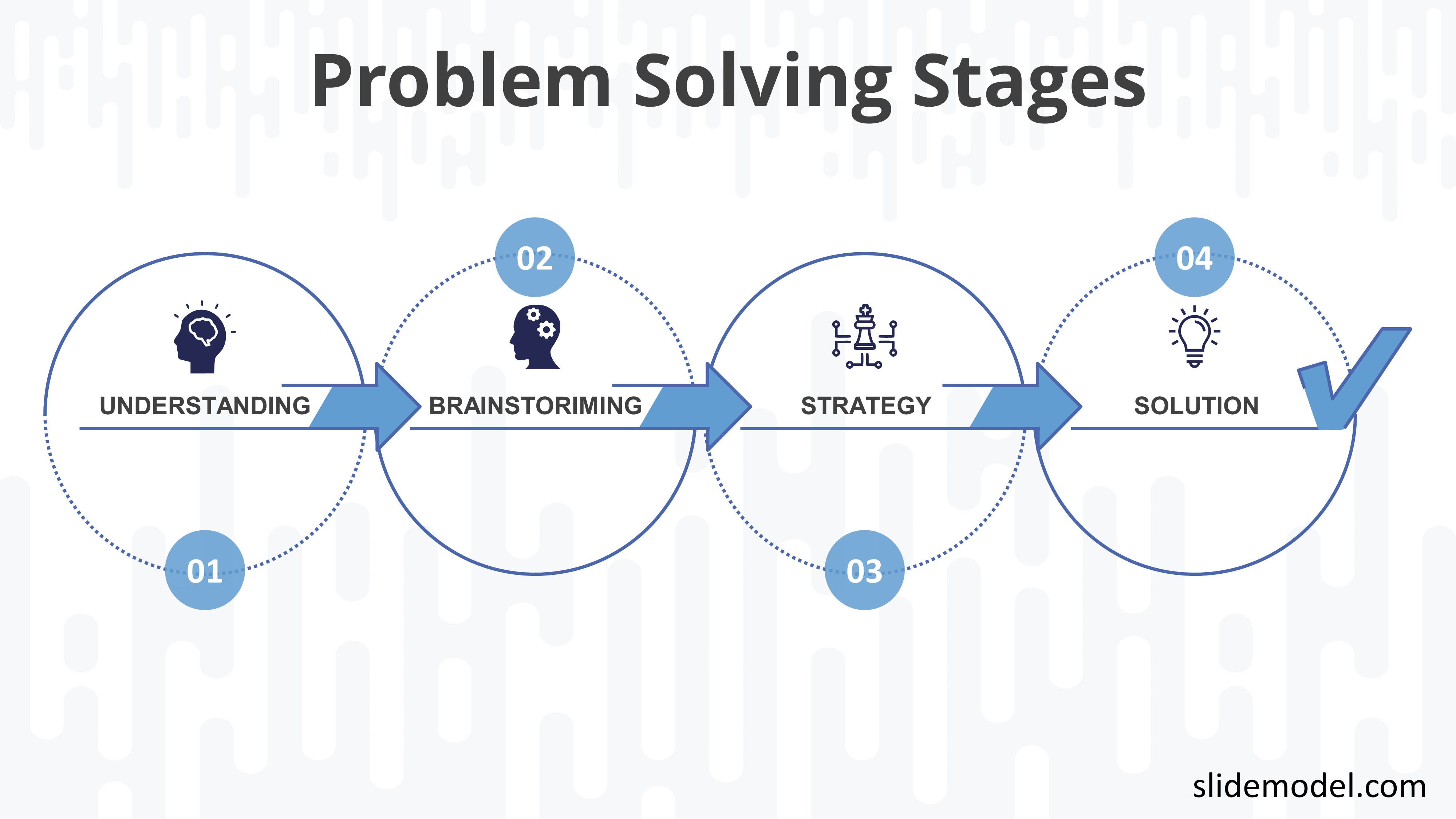
1. Understanding The Challenge
One of the first steps is to really define the problem. Unless and until you can identify what you’re dealing with, you can never gain an edge. Getting access to the detailed image is of great importance. When you define the problem, you simply get your hands on what’s actually wrong! You can begin by extracting the principal segments of the challenge. Also, take assumptions, data as well as hypothesis into consideration. Ask the right questions! If you’re having issues with the performance of your employees, one might think it’s the human error. Well, if you stress-upon carefully, you might find a lack of training or unbearable workload the real issues.
2. Brainstorming
It is of the most popular and proven problem-solving stage, brainstorming is one of the most effective ways leaders solve problems around the world. When you’re not able to manifest next steps in solving a problem, brainstorming comes into play. It can be an individual or group activity which is purposed to generate ‘N’ number of solutions and then identifying the best solution as per the challenge. Writing down the ways to solve complex problems increases the creativity and optimizes the thought process.
3. Picking The Best Strategy
Once you’re done scrutinizing the problem and end up with some considerable options to solve it, it’s time for decision making. It is of utmost importance to consider all the options and then pick the one which can offer a win-win. People who confine themselves to a single technique or option very quickly don’t become great problem solvers. Once you’re sure of a strategy, you can move to the next stage.
4. Deploying The Solution
Implementation and deploying a potential solution is a crucial step. At times, you might have to change the business model of your organization. One should draw the action plan in such a manner that the proposed solutions can be welcomed by associated personnel as well as the organization. Otherwise, there can be a negative shift as well. You must understand that implementing the right solution is the key to increase the productivity of any individual as well as an organization.
Five Well-Known Problem Solving Techniques
1. Listing The Obstacles
Problem-solving starts when you start exploring each and every possibility of a problem. As a matter of fact, problems are rarely isolated. People with high problem-solving ability often take a detailed view of the involved issues. Further, they jot down all the possible potential factors which can further get in the way of a proposed solution. When you list every obstacle, you certainly decrease the possibility of backfiring due to the newly implemented solution. Hence, a higher degree of success can be attained when problems are managed in a more comprehensive manner.
2. Finding The Golden Opportunities
Most of the time the real gold opportunities are often wrapped up inside simpler challenges. The problem you’re dealing with might just look bigger to handle. If you shift your perspective, you might find it simple to crack. You should understand that people who are efficient problem solvers are also great opportunists. It is highly advised to assess all the external factors, you never know when you get your hands on something valuable. It is also possible that in your pursuit of finding opportunities, you may discover a whole new and exciting business model. Thus, problem fix should be in such a manner that the future doesn’t get blemished.
3. Reverse Engineer The Problem
It’s the technique which involves deconstructing the problem and carefully analysing how and why it developed in the first place. For instance, a finished product giving problems can be broken down into its silos and can be worked backwards all the way to the whiteboard. In a similar fashion, we can reverse engineer the problems we face every day. If you have a challenge in front of you, you can start deconstructing it! Find the right answers like who are the players? What is required for this problem to happen? What are the circumstances and how they all-together create this problem?
4. Staying Open-Minded
Always keep your eyes and ears open to the possibilities. There might be a case where the actual problem is pretty different to the problem you think you are having. There can be a considerable probability that the cause of the problem is something else than what you’re thinking. Also, it is possible that the best solution might not be able to overthrow your problem and takes your organization in a different direction. It is okay to accept that your beliefs can be wrong. Thus, staying open-minded, exploring different angles of the same problem and listening to others are highly advised sub-techniques.
5. An Uninterested Observer
It would be evident to mention that when we are stuck on a problem, our mind has a tendency to stick to the same. This can be cumbersome for you, you might end up missing the things that were obvious to the problem. In short, one can easily hung-up to a particular set of thinking while completely missing the alternative thought process. Now, it is advised to explain your problem to another person. Not only this will provide a fresh set of eyes to your problem, you might end-up exploring the unexplored. You might be personally attached to the problem, but someone who’s not attached to the same might give you an unbiased view. Respect different points of view and never feel shy to ask for help.
Obstacles You Might Encounter Solving a Problem
Of course, the art of problem-solving technique has flaws too. There can be a considerable number of obstacles that might hamper your ability to solve a problem quickly and more efficiently. Most of the obstacles are mental in nature and these can range from irrelevant information, wrong assumptions as well as functional fixedness.
1. Misleading Information
When you start solving a problem you should scrutinize on the fact that whether the information you’re receiving is trustworthy and accountable or not. The information can be relevant as well as irrelevant to the issue at hand. When you trust on irrelevant data, faulty solutions are produced. More complex the problem, the easier it is to drift away and be misled by the pool of information.
2. Mindset
This is another obstacle which involved people making use of solutions which have worked in the past. Your problem-solving endeavour might be an arrow in the dark, but don’t let the possibility of failure limit your creativity and potential. When you’re confined to an already proven set of a solution, you make your brain inflexible. Always remember that no two problems have the same solution.
3. Functional Fixedness
It is a state of mind which makes an individual see their problems in a customary manner. Functional fixedness can prevent you from exploring all the options in hand. The same can also restrict you from inputs provided by your peers. People often end-up making assumptions when they start dealing with a problem. Neither underestimates the constraints nor the possibility of any error.
From organizing your music collection to taking important business-oriented decisions, problem-solving plays a crucial role. It is important to understand the nature of a problem before jumping to solutions. Trial and error approach is always appreciated. Cognitive blocks are a common barrier to problem-solving and these further impede the ability to solve challenges efficiently.
